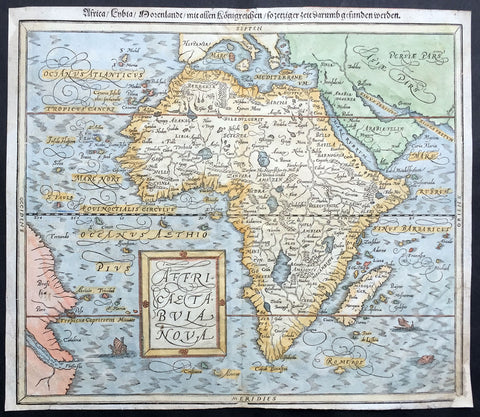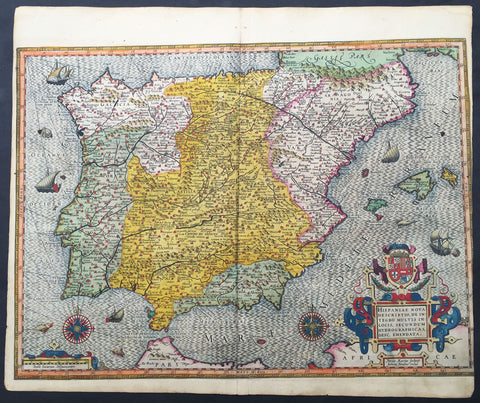Related Products
1560 Sebastian Munster Antique Map of Africa
$1,499.00 USD
1588 Munster Antique Map of Africa
$750.00 USD
1607 Mercator Antique Map of Spain & Portugal
$1,250.00 USD
1630 Jodocus Hondius Antique Map of America
$8,500.00 USD














